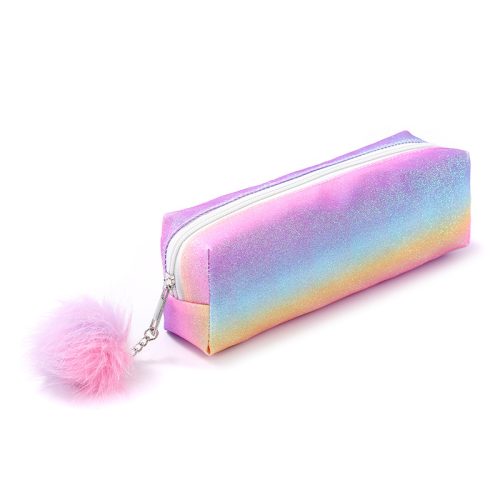Pencil carving is a unique and intricate art form where artists create miniature masterpieces by carving designs and sculptures into the lead or wood of pencils. This highly detailed and delicate craft requires exceptional skill, precision, and patience. Here’s a closer look at the art of pencil carving:
- Choice of Pencils: Pencil carvers often choose pencils with a softer lead or wood, as they are easier to carve. Some may also select pencils with colored leads to add visual interest to their carvings.
- Tools of the Trade: Pencil carving requires specialized tools, including tiny carving knives, blades, needles, sandpaper, magnifying glasses, and sometimes even microscopes. These tools enable artists to create intricate details.
- Design and Planning: Before carving, artists typically plan their designs meticulously. They may sketch their ideas on paper or directly onto the pencil to guide their carving process.
- Carving Technique: Pencil carvers use precise cutting and carving techniques to slowly remove material from the pencil. This can involve carving intricate patterns, sculptures, or even scenes that tell a story.
- Safety Precautions: Due to the small and delicate nature of this art form, safety is paramount. Carvers must exercise caution to avoid accidents and injuries while working with sharp tools.
- Patience and Precision: Pencil carving demands a high level of patience and attention to detail. Artists may spend hours, days, or even weeks on a single carving, carefully sculpting every aspect of their miniature masterpiece.
- Variety of Themes: Pencil carvers create a wide range of themes, including animals, famous landmarks, pop culture references, and intricate patterns. Some carvers specialize in creating specific types of designs.
- Display and Preservation: Finished pencil carvings are often displayed in shadow boxes or glass cases to protect them from damage and dust. The delicate nature of these miniatures requires careful handling and preservation.
- Online Communities: Pencil carving has gained popularity in recent years, and there are online communities and social media platforms where carvers share their work, techniques, and connect with fellow enthusiasts.
- Collectors and Enthusiasts: Pencil carvings are not only appreciated by artists but also by collectors and enthusiasts who admire the artistry and craftsmanship behind these miniature sculptures. Some collectors actively seek out and purchase pencil carvings as unique pieces of art.
- Challenges and Innovation: Pencil carvers constantly challenge themselves to push the boundaries of what can be achieved in this art form. They explore new techniques, materials, and concepts to create ever more intricate and awe-inspiring carvings.
- Inspiration and Expression: Pencil carving allows artists to express their creativity in a highly specialized way. They often find inspiration in their surroundings, nature, personal experiences, or popular culture.
In summary, pencil carving is a remarkable art form that transforms ordinary writing instruments into extraordinary works of art. The dedication, precision, and artistic vision required to create these miniature masterpieces make it a captivating and highly respected craft. Pencil carvers continually push the limits of what can be achieved with a simple pencil, turning it into a canvas for their imagination and skill.


